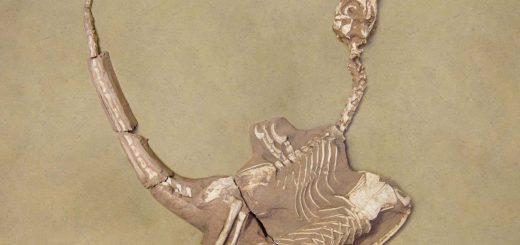Your brain tracks your sleep debt – and now we may know how
A newly identified brain circuit in mice may explain why we sleep longer and deeper after being sleep deprived – and lead to new treatments for sleep conditions
By Grace Wade
19 June 2025
How does the brain encourage us to make up for sleep loss?
Connect Images/Getty Images
Researchers have discovered neurons in mice that help their brains track and recover from sleep debt. If a similar pathway exists in humans, it could improve treatments for sleep disorders and other conditions marked by sleep impairment, such as Alzheimer’s disease.
We are all familiar with sleep debt, or the gap between how much sleep you need and how much you actually get. But until now, it wasn’t clear how the brain tracks sleep loss – or compels us to make up this difference.
Read more
Beyond tired: Why fatigue sets in and how to tackle it
Advertisement
Mark Wu at Johns Hopkins University in Maryland and his colleagues mapped brain pathways in mice that are involved in sleep by injecting a tracer into 11 brain areas known to induce sleep. The tracer, which travels from neurons receiving signals to those sending them, revealed 22 regions with connections to at least four sleep-promoting areas.
The researchers focused on a subset of 11 previously unidentified regions. Using a technique called chemogenetics, they gave mice specialised drugs that activate particular parts of their brains. They divided the mice into 11 groups of three to four individuals, activating a different area in each group.
A region called the thalamic nucleus reuniens seemed to be key. When neurons in this area were stimulated, the mice experienced the greatest increase in non-rapid eye movement (REM) sleep – about twice the amount as mice that weren’t stimulated. However, it took several hours for the animals to fall asleep after stimulation, during which they seemed to prepare for rest.


